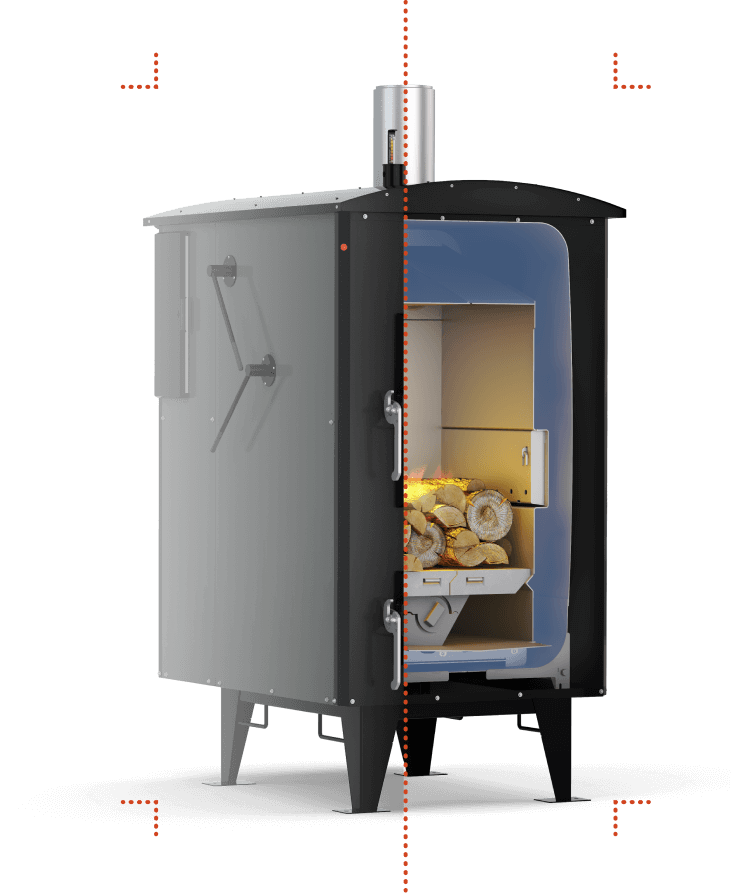- Our Products
Heat Masterss Product Line

G Series
Residential ultra-efficient wood gasification furnaces
Explore the G Series
MF eSeries
Residential high-efficiency wood and coal burning furnaces
Explore the MF eSeries
P series
Residential High efficiency wood pellet burning furnace
Explore the P series
B Series
Commercial biomass furnaces for full automation
Explore the B Series
- Our Story
- Resource Hub
- Become a Dealer
- Talk to our team
- Find a Dealer
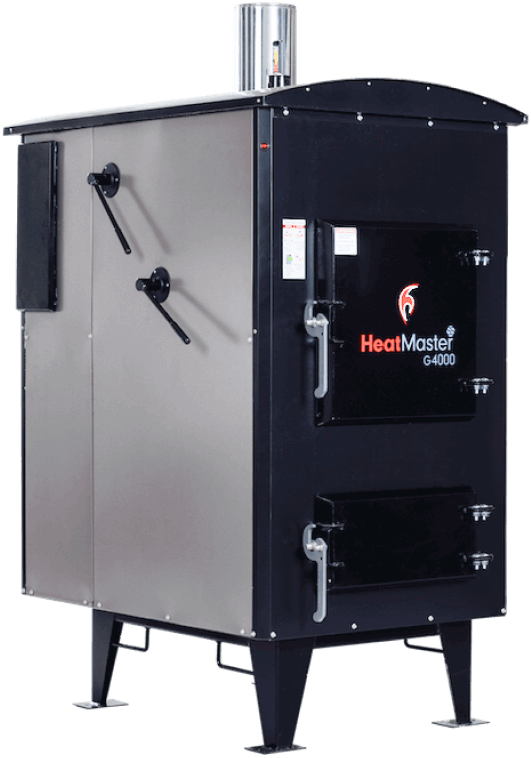
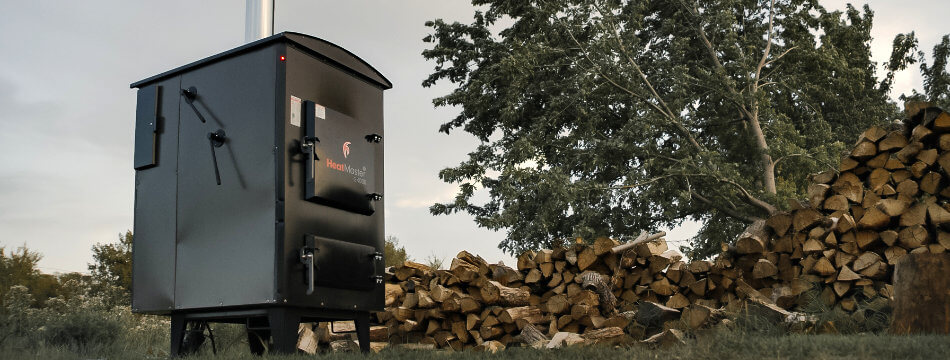







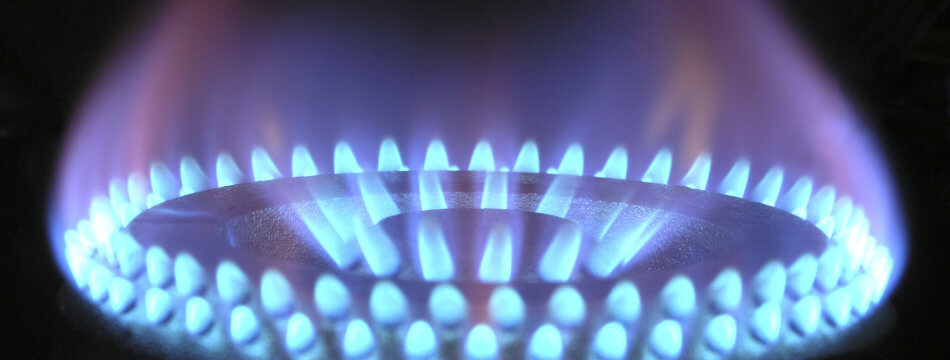
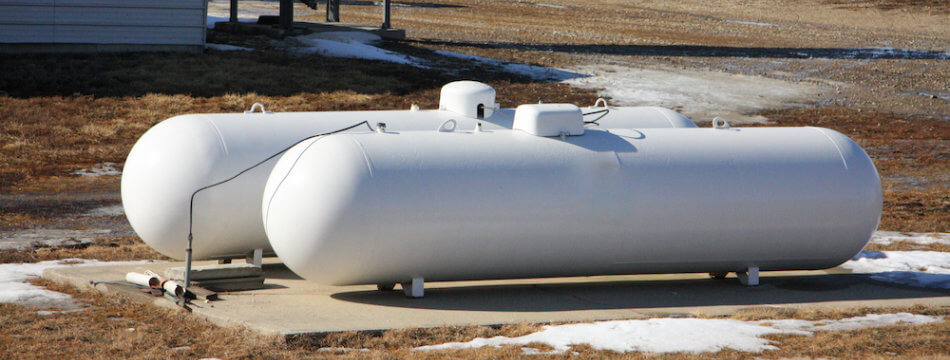


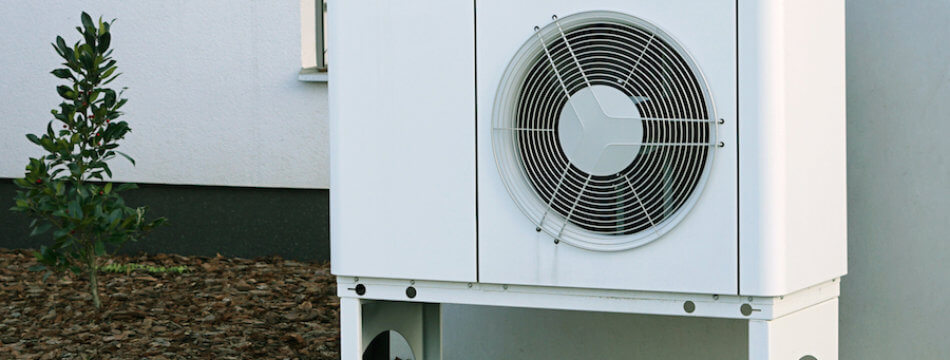
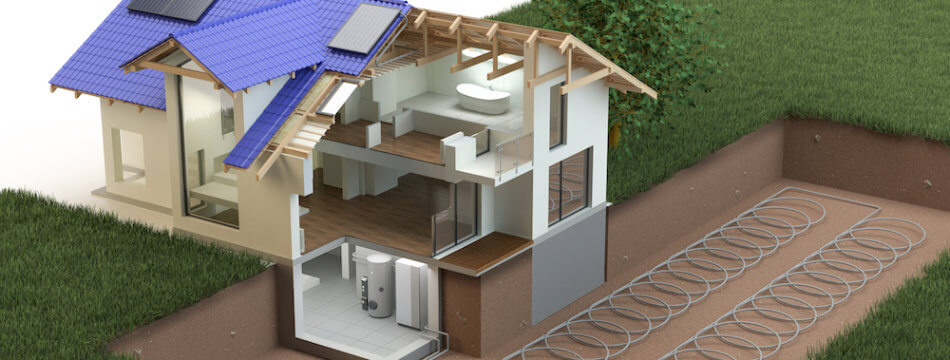


 Baseboards
Baseboards